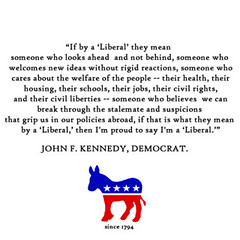Manhattan is a crowded place to say the least, but Bloomberg intends on making our island a little bit more packed by developing the 26 acres that encompasses the Hudson railyards. One of the most ambitious building plans is set to take the first step when New York's biggest developers begin bidding on the project in June. Besides any bidding war, the biggest conflict will be between the city and state endorsed developers versus the community on the Far Westside.
From The New York Times:
“The city hasn’t done anything like this before, certainly not in Midtown,” said Daniel L. Doctoroff, deputy mayor for economic development and rebuilding. “We want to create a 21st-century Rockefeller Center.”
Known as Hudson Yards, the project is central to one of Mayor Michael R. Bloomberg’s longstanding ambitions: to transform the heavily industrial Far West Side into the city’s third business district, after Wall Street and Midtown, with not just high-rise office and apartment towers, hotels and parks, but also an expanded Jacob K. Javits Convention Center nearby.
The challenges are daunting. Developers say it will probably cost $1 billion to build platforms over the yards for skyscrapers as tall as 70 stories, and the work must be done while Long Island Rail Road trains are running. Some residents want assurances that the development will include permanent housing for poor and working-class families. And a sharp debate is emerging over whether to tear down the northern end of the High Line, an unused railroad structure that is being converted to an elevated park south of 30th Street.
The old High Line rail line is already being transformed into a city park that travels from 30th St. down to Gansevoort. Community activists want the park continued up into the railyards. The addition according to the community is $800,000. Yet developers say it will cost $100 million.
This whole project is a cash cow for the city and those that will be able to charge rent on the land. If the MTA rebuffed the city's offer to buy their share of the land for $500 million, you know the property is ultimately worth well into the billions. The developers want their share of the pie and that is fine considering they'll ultimately build the new skyscrapers. Bloomberg's ambition to fill in the space on the Far Westside must not be compromised by the money factor alone. The community must not be forgotten and their demands adhered to. Our city has had enough corporate influence and this project's stench of it needs to be mitigated.











|